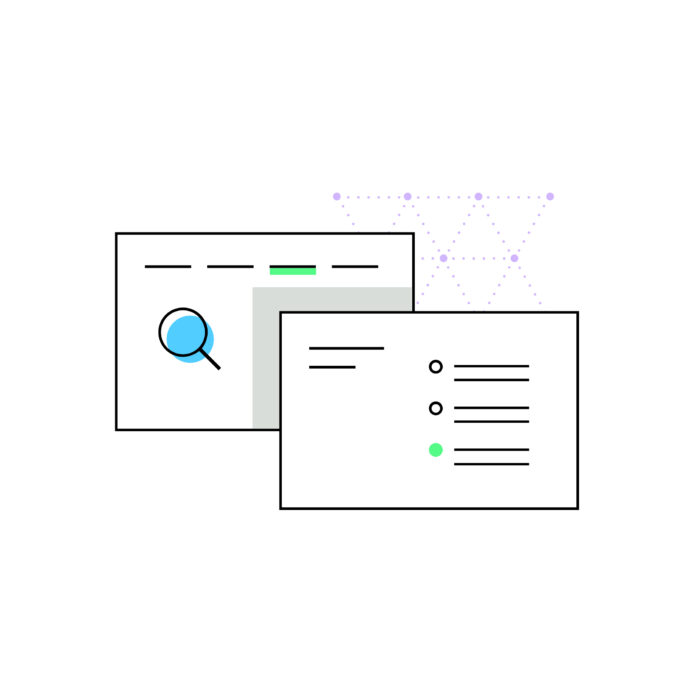10 best practices to automate sales tax compliance
by February 5, 2025
Managing sales tax can be one of the most complex and time-consuming aspects of running a business. Evolving regulations, varying tax rates across multiple jurisdictions, and strict deadlines can make compliance feel overwhelming. Even small errors can lead to costly penalties, audits, or wasted time fixing mistakes.
That’s why sales tax compliance automation has become essential for businesses of all sizes. Automating this process can save time, reduce errors big and small, and ensure you stay up-to-date with the latest regulations.
In this article, we’ll outline how to automate sales tax simply and effectively. These tools and best practices can help streamline tax management and keep your business running smoothly.
Understanding the importance of sales tax automation
Manual sales tax management is not only time-consuming but prone to costly errors. Calculating rates, tracking changes, and filing returns can become overwhelming as your business grows. This is particularly true for businesses selling across multiple states. In such cases, the complexity of sales tax compliance increases due to varying state and local tax rates, exemptions, and filing deadlines.
Sales tax automation software simplifies this process by automatically calculating accurate tax rates. It also tracks regulatory changes and generates reports for seamless filing. By automating these tasks, businesses can reduce errors, save valuable time, and avoid penalties. Ensure full compliance even amidst the ever-changing landscape of tax regulations.
How to automate sales tax: 10 best practices
Now, for the best practices to follow when implementing sales tax automation for your business:
1. Monitor tax obligations in real-time
Stay ahead of your tax obligations by implementing a system that automatically tracks your sales across different jurisdictions. Tax automation software can monitor your transactions in real time. This helps you understand where you need to collect and remit sales tax.
2. Implement automated filing deadline alerts
Don’t let filing deadlines catch you off guard. Set up a system that automatically alerts you about upcoming due dates and nexus thresholds. This simple-yet-proactive approach helps prevent late filings. Goodbye, potential penalties! Keep in mind that states can change your filing frequency as your business changes.
3. Ensure accurate tax calculations
One of the most crucial aspects of the sales tax process is calculating the correct rates. Automated systems can instantly determine the proper tax rate based on:
- Product type and taxability
- Customer location
- Current jurisdiction rates
- Special tax rules and exemptions
4. Automatically track economic nexus
As your business grows, monitoring economic nexus becomes increasingly complex. Implement automation tools that track your sales thresholds across different states. They will alert you when you’re approaching nexus requirements in new jurisdictions, thus eliminating the hassle of manually keeping up.
5. Streamline registration management
When you reach nexus thresholds in new states, you must register for a sales tax permit in that state. Sales tax automation can streamline the registration process for you, as each state has their own registration process.
6. Integrate with your e-commerce platform
Connect your sales tax automation system directly with your e-commerce platform or ERP to ensure seamless tax calculations at checkout. This integration helps provide a smooth customer experience while maintaining compliance.
7. Accurate product tax code assignment
Maintain accurate product taxability by assigning the correct tax codes to your products. This ensures consistent tax treatment across all sales channels and jurisdictions.
8. Set up automated filing and remittance
Streamline the entire tax filing process by implementing automated filing and remittance. This reduces manual data entry errors and ensures timely submissions to tax authorities.
9. Generate automated reports
Implement automated reporting to track your sales tax obligations, payments, and filing history. This provides valuable insights into your tax liability and helps with audit preparation.
10. Maintain digital records automatically
Keep organized digital records of all tax-related transactions and filings through automation. This makes it much easier to respond to any potential audits and maintain compliance records.
How to determine the best sales tax software for your business
When choosing tax automation software, consider these key factors:
- Integration capabilities with your existing systems
- Coverage of all relevant tax jurisdictions
- Real-time rate calculation features
- Automated filing capabilities
- Economic nexus tracking
- Reporting and analytics features
- Customer support quality
- Scalability for business growth
Ultimately, the key to selecting the right tax automation software lies in understanding your specific business needs. Different industries and product types have unique tax requirements. For example, clothing retailers face different challenges than food service businesses or software companies, like determining shipping taxability.
Take time to compare various systems available in the market, as they can range from basic calculation tools to comprehensive compliance suites. Reading user reviews from businesses similar to yours can also provide valuable insights into real-world performance and reliability.
Finally, consider how the software will integrate with your existing tech stack. The best solution should be compatible with your e-commerce platform. This will allow you to create a fully automated sales tax process.
TaxJar vs. manual sales tax management
While manual sales tax management might seem feasible for very small businesses, it becomes increasingly risky as your business grows. Common challenges with manual processes include:
- Time-consuming data entry
- Higher risk of calculation errors
- Missed filing deadlines
- Difficulty tracking nexus thresholds
- Increased audit risk
- Limited scalability
In contrast, automated solutions like TaxJar provide:
- Real-time rate calculations
- Automatic filing and remittance
- Economic nexus monitoring
- Integrated reporting
- Multi-state compliance management
- Reduced error rates
- Time and resource savings
Discover how TaxJar can support your business
The future of sales tax management is automated, accurate, and efficient. By implementing these best practices and choosing the right tax automation software, you can turn a complex challenge into a streamlined process that supports your business growth while maintaining compliance.
When you’re ready to streamline your sales tax compliance, TaxJar’s automated solution can help you manage sales tax with confidence. Our platform provides real-time calculations, automated filing, and economic nexus tracking to keep your business compliant as you grow. Start a free trial and discover how sales tax compliance automation can transform your business operations. Let TaxJar give you more time to focus on what truly matters—taking your business to the next level.








